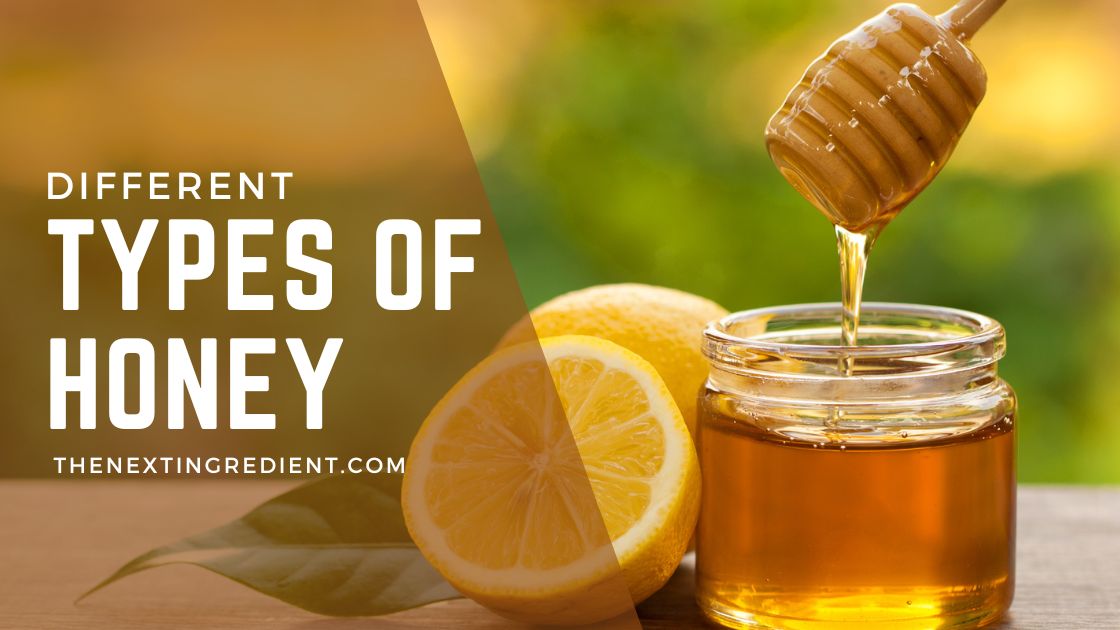Did you know there are Different Types of Honey? Honey, is a kitchen staple and a universal food item with numerous uses in the beauty and health industries. At least one type of honey is probably lying around in most people’s homes. Honey which is used to enhance the flavor of what you’re about to eat can be enjoyed by itself or in tons of other ways; as a great addition to numerous recipes. And it is also used in beauty products such as skin care treatments.
It has been around for thousands of years; for a long time, honey was mainly purchased for its fantastic sweet flavor, but it’s been known to offer tons of health benefits. And what many don’t know is that there are hundred different kinds, not just the one you use for your pancakes.
Get educated about honey and get to know its different types and much more so you can get the best out of your honey needs at home.
Different Types Of Honey
You may be wondering how there can be so many types of honey since it is supposed to taste the same way, sweet! But the main difference between types is due to the specific extraction method and other variants.
Types Of Honey By Processing Method
Pure Raw Honey
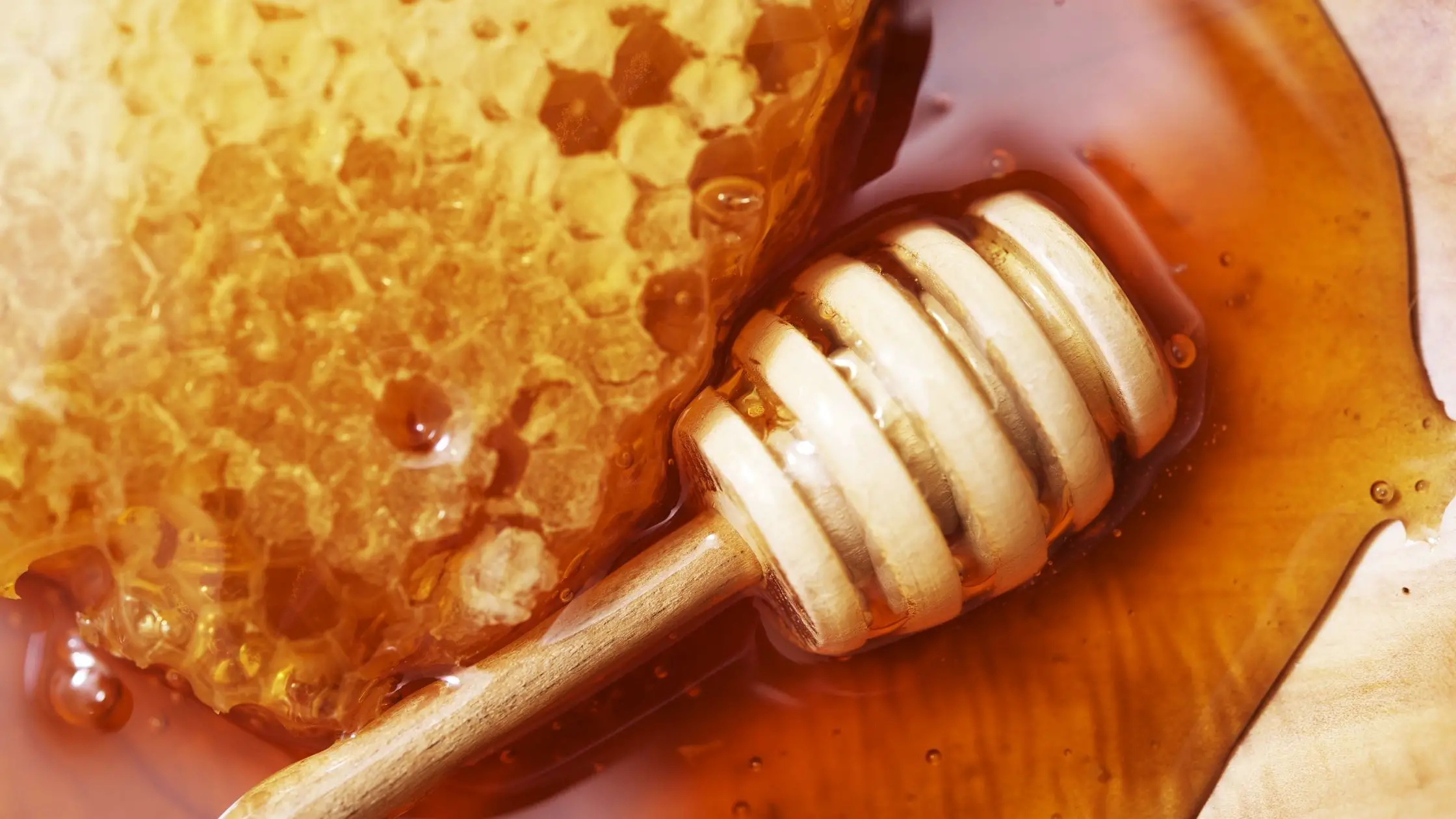
Raw honey is the types of honey that offers a great taste regardless of how you decide to consume it; it is the one that is put on the market right after extracting it from the comb. In other words, it is not processed, making it the crudest type of honey.
This means pure raw honey has no chemicals or any other preservatives, the reason why it is considered to have the highest medicinal value. Perhaps the only downside to raw honey is that people often find pollen or beeswax particles in their honey jars since it is raw. So, if you are an organic type of person, this is the ideal honey for you.
The taste of pure honey will differ, depending on the flowers the bees collected their nectar from.
Pasteurized Honey
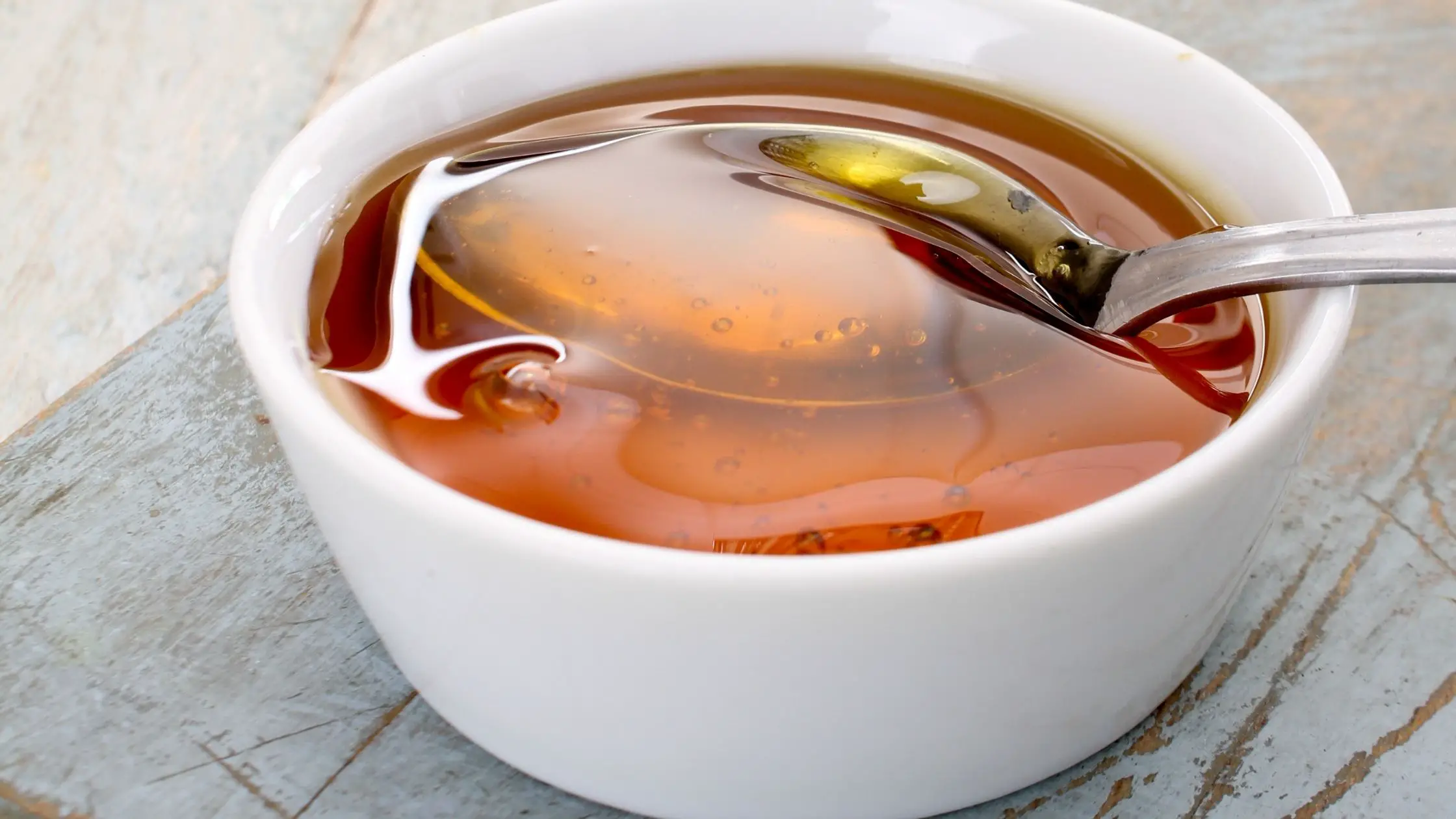
Pasteurized honey means honey that has been processed or refined. It is warmed to easy extraction, most likely above 120 degrees Fahrenheit. In addition, it goes through several procedures to avoid bacteria. Compared to raw honey, pasteurized honey offers a lot fewer health benefits.
Types Of Honey By Texture and Consistency
Comb Honey
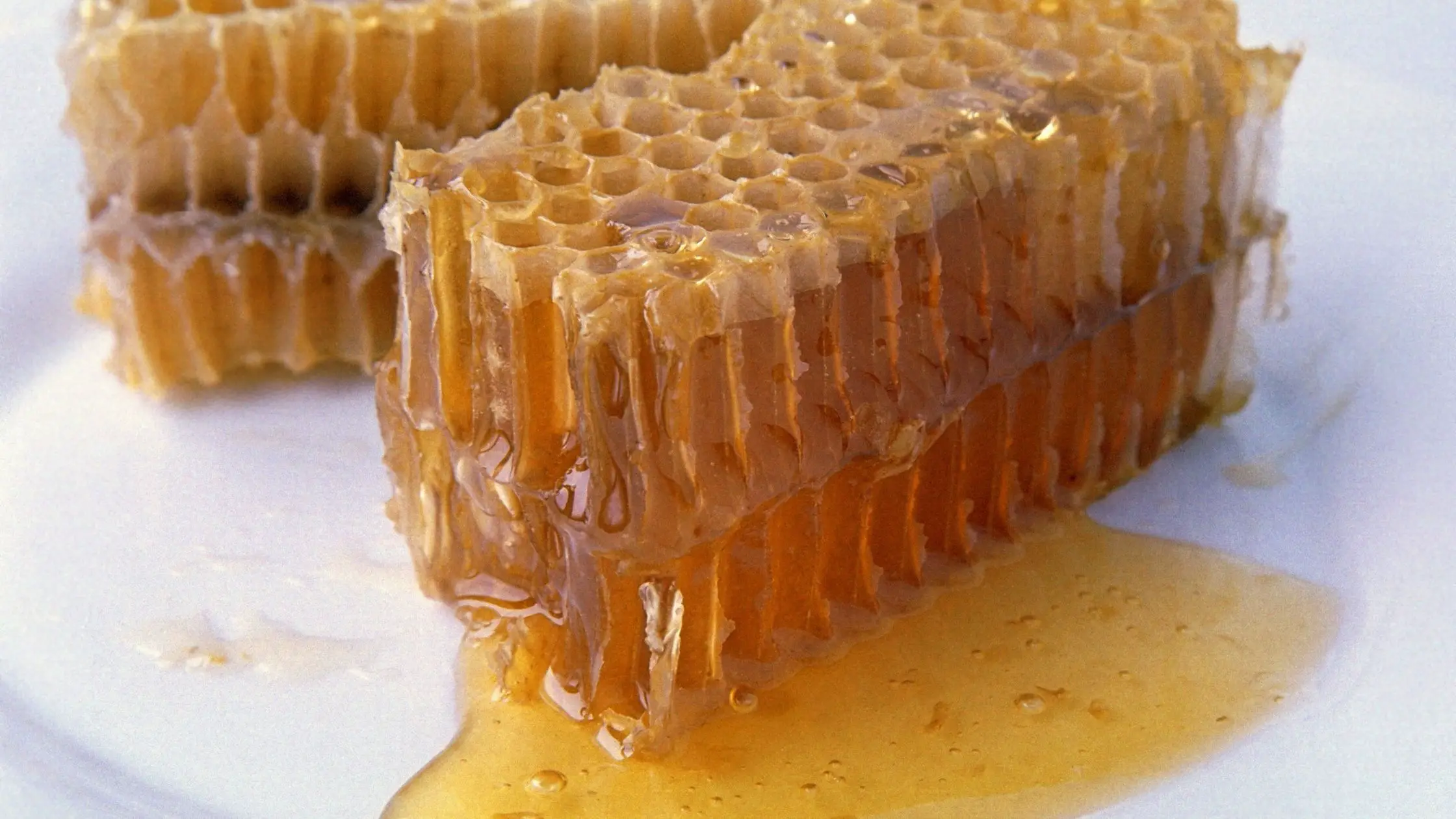
This type of honey can be enjoyed naturally; it is marketed in its purest form instead of being extracted. It is sold as hexagonal-shaped beeswax cells, which means that instead of using a spoon, you need to squeeze the honey out.
This type of honey is credited with helping lower bad cholesterol, and its oxidation properties help strengthen the liver; that said, excessive use is not encouraged.
Chunk Honey
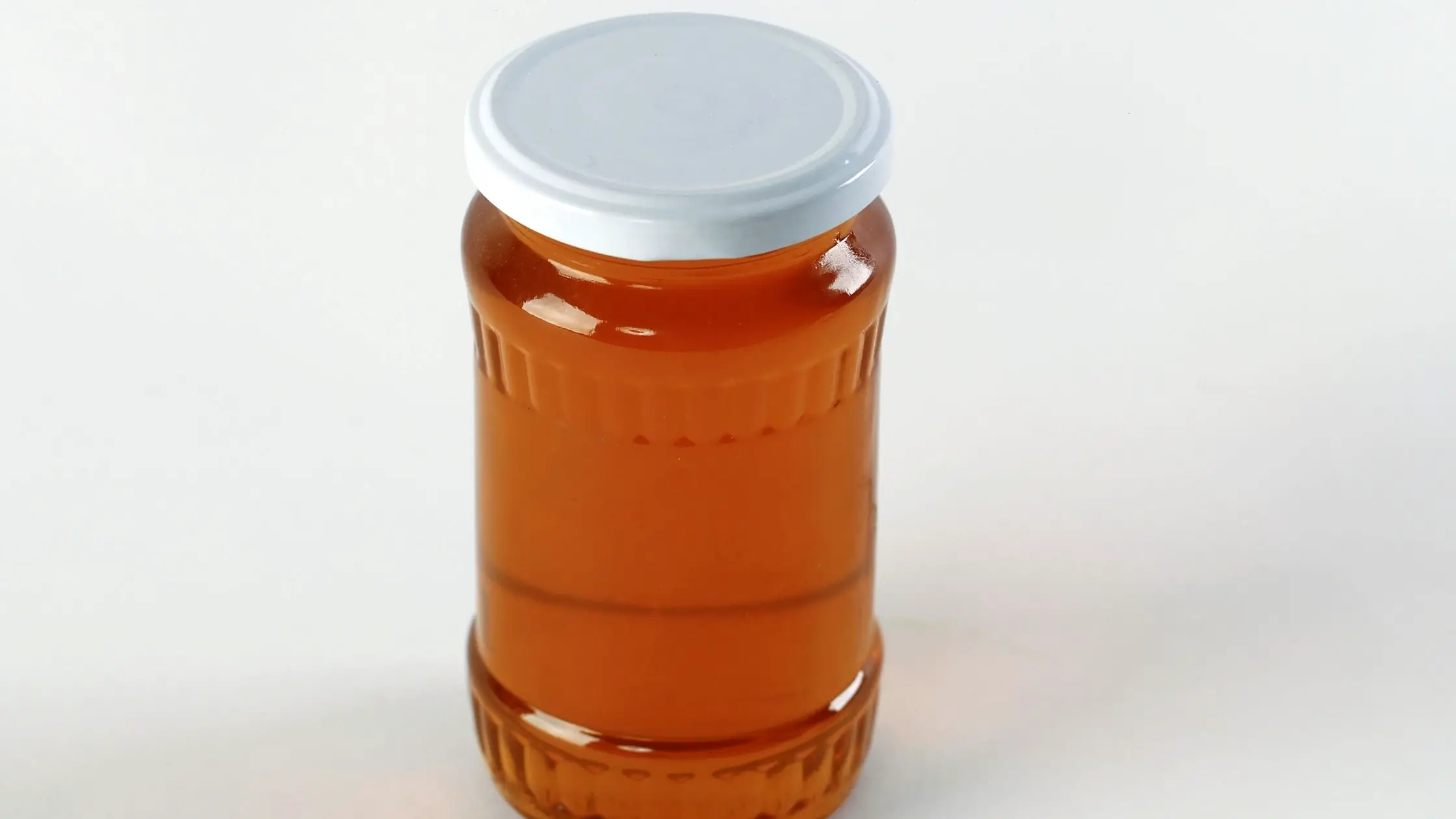
Chunk honey is nothing more than combining combs of honey and honey in its liquid form put together in a jar.
Liquid Honey
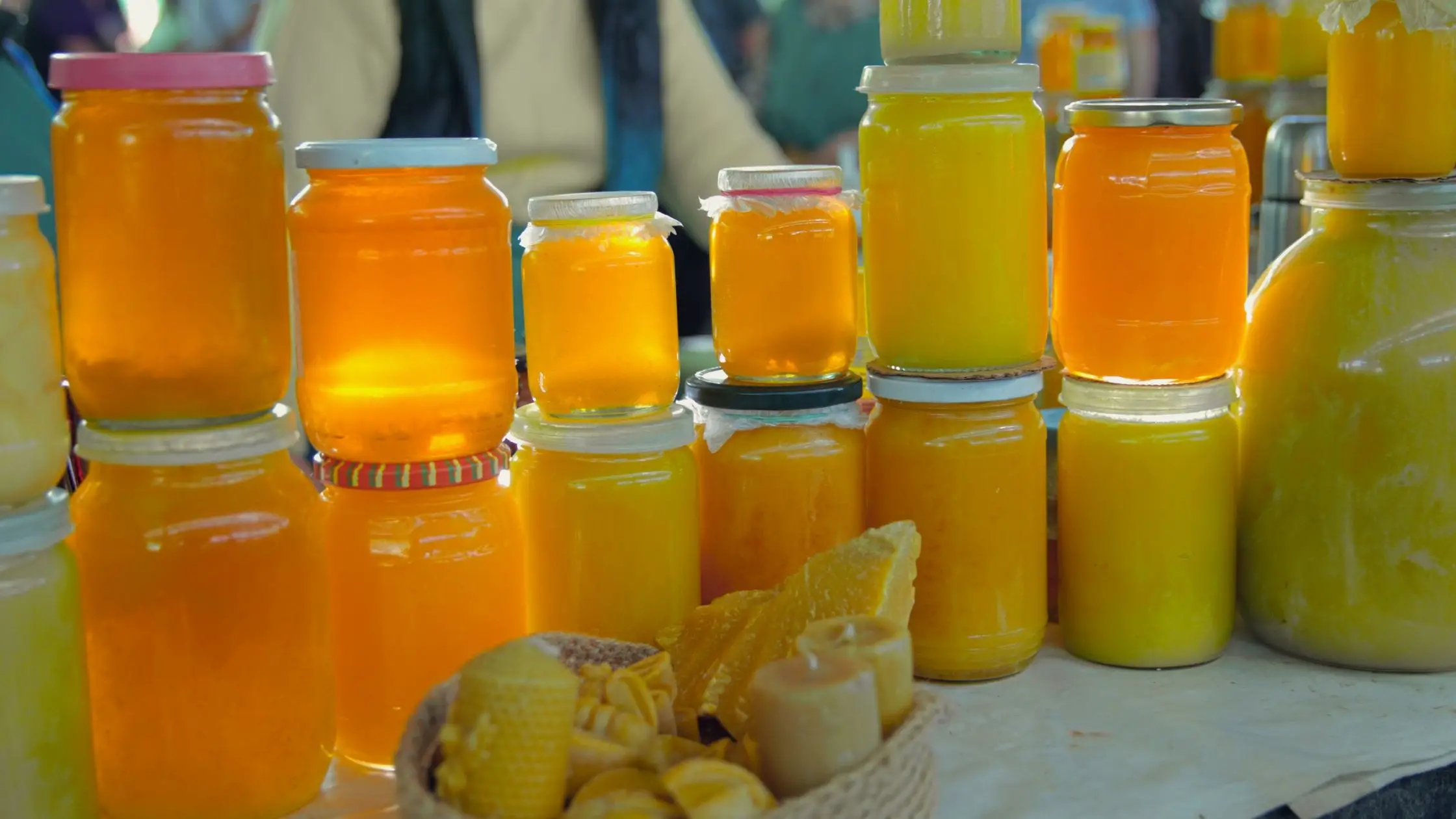
This type of honey is commonly found on the market shelves and the one most people consume. It is extracted from the honeycomb and later strained.
Creamed Honey
This type of honey presents a semi-liquid form; this results from combining liquid honey and granulated honey. The blend is later stored at around 57 F until it reaches the desired consistency.
Giving its solid presentation, creamed honey is best enjoyed as a spreading, and it’s also known as honey fondant, spoon honey, and whipped or churned honey.
Granulated Honey
Granulated honey goes through a process called freeze-drying to achieve a powdered consistency. Through this process, liquid honey is stripped from all water content. Though it may not be that common, it has many uses and can be added to teas or cakes and in scrubs or hand creams.
Types Of Honey By Nectar Source
Spring Honey
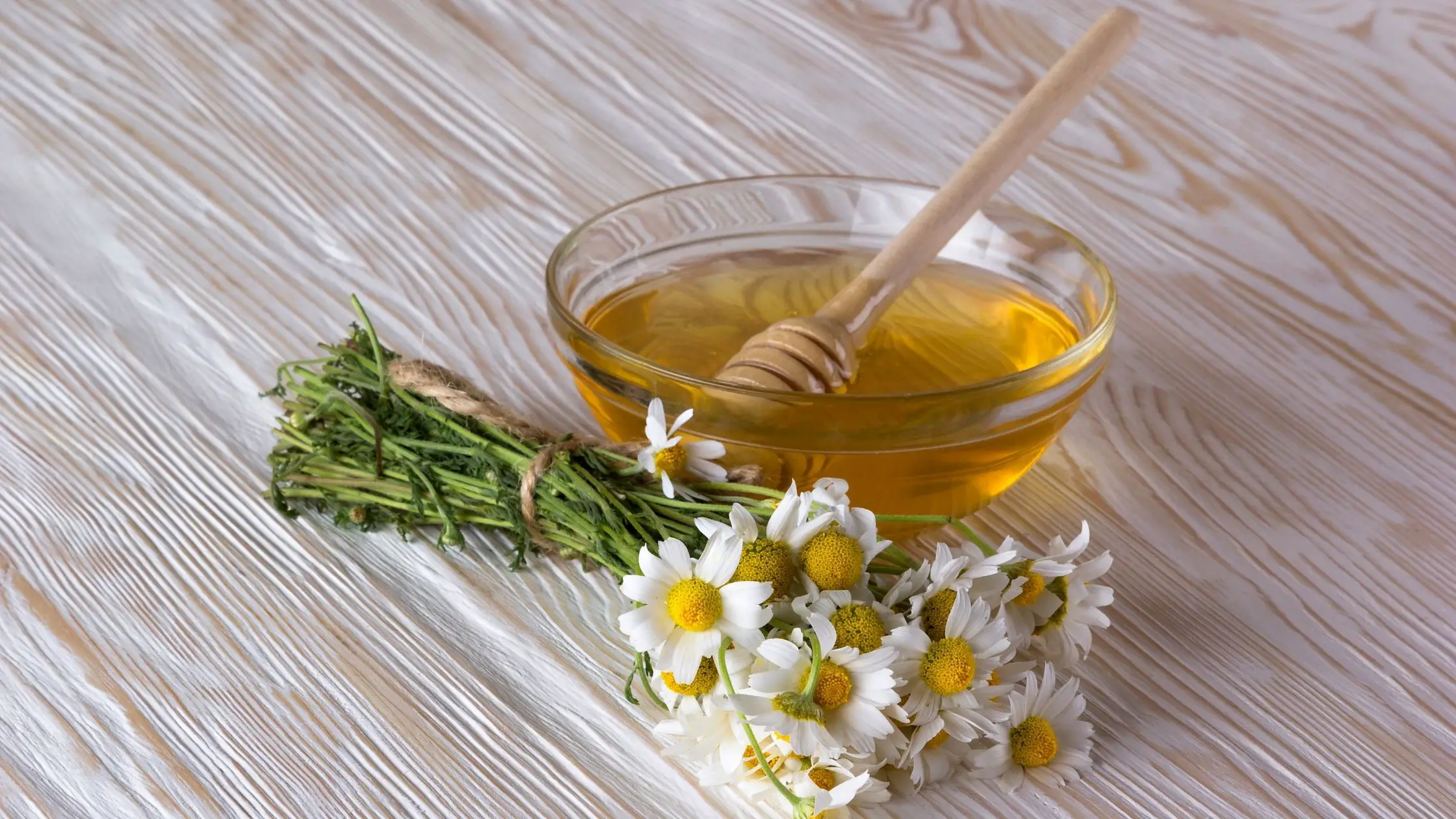
Spring honey is nothing more than honey collected from fruits or fruits grown in this specific season, including apples, pears, blueberries, tulips, lavenders, etc.
The result may vary; honey with a mildly sweet flavor, tangy, or even citrusy depends on the origin. Since it has different variations, spring honey is ideal for desserts, herbal infusions, etc.
Meadow Honey
Meadow also presents different variations depending on the collection source; it is the one harvested (How to Harvest Honey) from natural beehives or bee farms -which offer different vegetation sources, giving place to the different tastes in meadow honey. It is said that farmers go through great lengths to ensure bees stay in one meadow.
Wildflower Honey
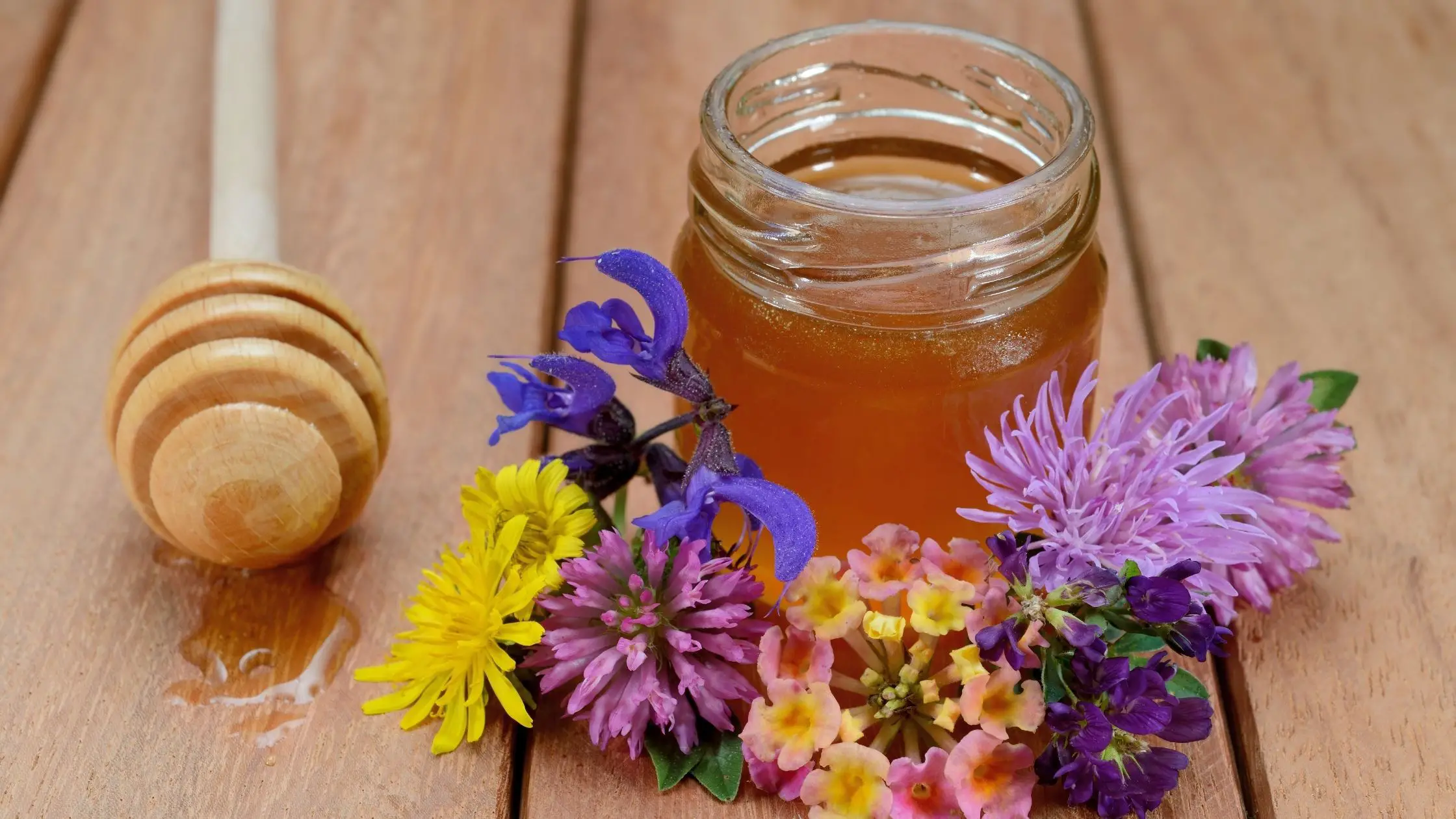
The flower source used to make this type of honey is not clearly defined; it is also called polyfloral honey, which indicates that the honey collected derives from different sources found in the wild. This type of honey is found raw or pasteurized and is popular with people allergic to pollen. This type of honey offers a mild fruity taste which sometimes can be more intense.
Forest Honey
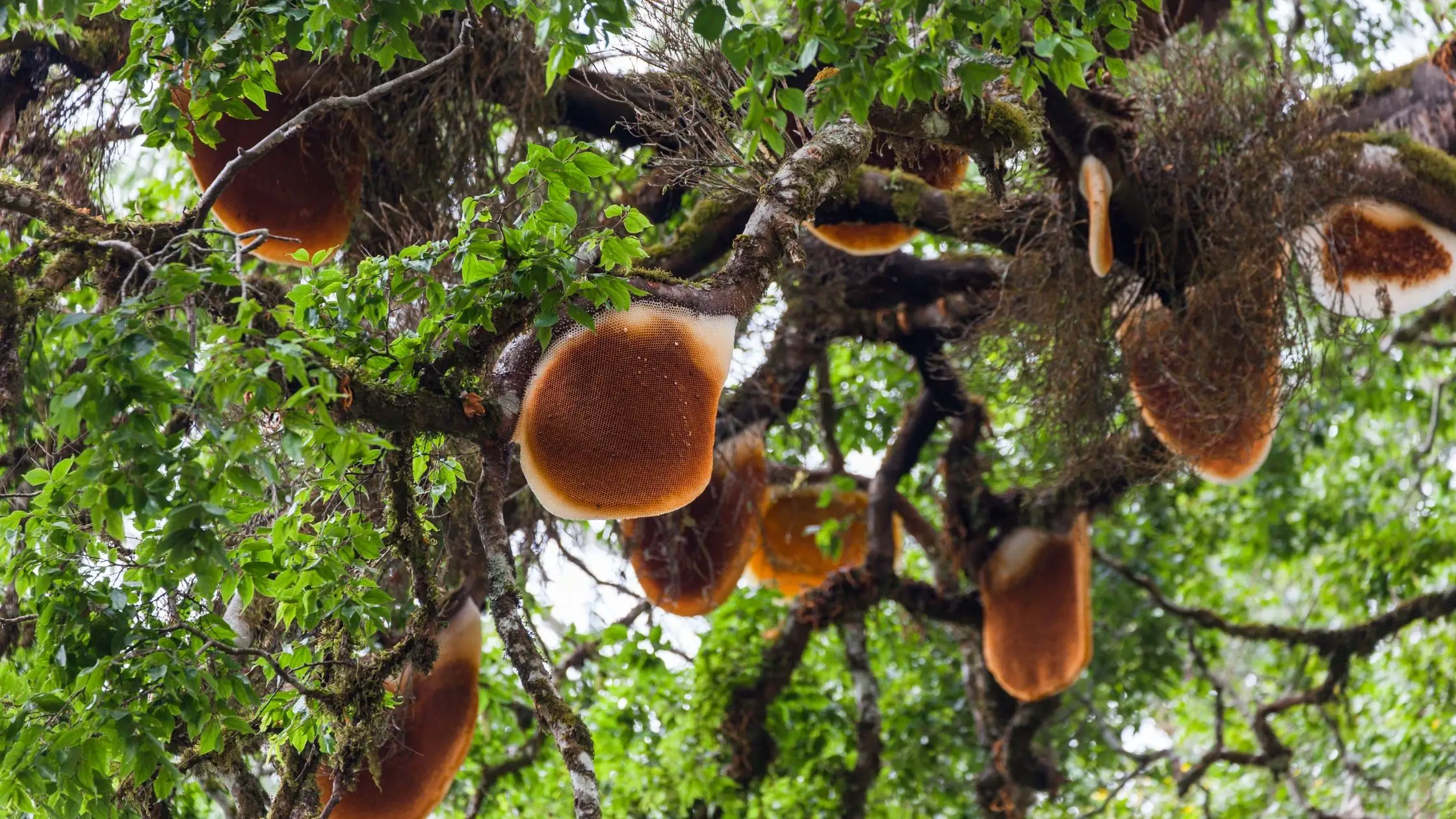
Also known as honeydew honey, this type, unlike the others, is not gathered or collected from flowers; instead, it comes from honeydew from the trees. Honeydew refers to the sap found in trees, which is then collected by bees and results in what is known as forest honey. This type of honey is produced in Mediterranean countries, where it is shipped all over the world.
Honey Nutritional Facts Chart
Honey has a slew of amazing benefits. It is known for holding antibacterial and anti-oxidizing properties; it is also a natural energy source.
Honey can help prevent acid reflux, alleviate allergies and help reduce cough and throat irritation. It also possesses cancer-fighting properties and acts as an anti-inflammatory. Furthermore, it helps boost memory.
How to Keep Honey Fresh?
Honey shouldn’t be that big of a headache to keep in optimum shape since it only needs to be stored at normal room temperature in your pantry.
You don’t want to expose it to heat and moisture, so looking for a cool spot and away from the kitchen stove is suitable.
To avoid moisture, ensure your honey container is always tightly sealed. Using a dry spoon to get some is recommendable.
How to Store Honey, So It Stays Fresh For Longer
Honey is a no-brainer for keeping it in an optimum state. It doesn’t really need special storage other than finding a cool location and leaving it there.
Honey should be in a sealed container and away from sunlight. It is also suitable to keep honey in its original packaging though any plastic or glass jar also works. Just stay clear from metal containers; these may oxidize.
It is not required to refrigerate honey, although you can; however, if you do, the chill climate will only make your honey solid and harder to manipulate.
This will only make it difficult for you to handle when you want to use it; you may even have to warm it up to return it to its original form.
Can You Freeze Honey?
Honey may also be frozen; that said, there’s really no need unless you want to end up with rock-solid honey, in which case you’d have to warm it up to be able to use it properly.
If you must freeze your honey, experts say using glass jars or other glass containers is good.
What To Do With Honey Before It Goes Bad?
Honey has an impressive shelf life; it is undefined, thanks partly to its high sugar content. Producers suggest a date as far as two years on their labels.
That said, due to different manufacturing processes, you notice some changes in honey, including a change in flavor, color, and aroma, and still, that is not to say that your honey has gone bad.

